Dear Barbara, My child died at home of brain cancer. Fortunately—and unfortunately for us— our hospice didn’t have any experience with kids, who seemed to die very differently than adults. At one point, we were told she had hours. She lived four more weeks. She had the death rattle in her last few days. Nothing came out of her mouth, but she had such strong secretions, that we had one traumatic moment where I thought she would suffocate on them. She was conscious. I spoke to hospice on the phone, as well as the children’s hospital, and they were surprised to hear of this kind of difficulty. Another cancer mom advised me to ask for a suction machine. I did, and it sucked out thick mucus. It looked like yellow snot—nose or mouth. Someone postulated that perhaps she had gotten sick with a cold. Is that probably the case? Or were those secretions because of her impending death? I understand it’s hard to say—I’m just wondering if terminal secretions could manifest as thick mucus like that. Our hospice was confused by it, and that is why I am wondering.
In regards to your question about thick mucus in children at end of life: I also do not have much experience with children at the time of death. I can count on one hand the times I worked with children but here is what I think.
Our body is programmed to die, young or old, no matter the age, we all follow the same process if it is a gradual death versus a fast death. In a gradual death (disease or old age) the body begins following that process months before death even arrives.
The key to understanding the signs of approaching death is to know that nothing works in the normal way any more. The body is a battery losing its charge and is shutting down. The lungs, kidneys, heart, brain, even the mouth, eyes and nose do not function as they normally would.
About hospice telling you hours and then your child living another four weeks: There are signs that we look for that indicate a person who has entered the dying process has months, weeks, days, or hours to live BUT not everyone “plays by the rules,” not everyone follows all the signs.
One of the things I’ve observed is that sometimes we get to death's door, have all the signs of approaching death, and we stop. We are just not ready, there is still something to learn or there is something someone else still has to learn, and we pull back (for a limited time). What a gift you all had, an extra month with your child.
About the mucus, it saddens me to hear that another mother had to suggest a suction machine and not those that were supposed to have the knowledge and wherewithal to help (Also, why wasn't hospice there, in your home, helping you?). Back to mucus, I doubt it was a cold. Mucus comes in many forms as death approaches depending on hydration, dehydration, disease process, and positioning. Mucus is very much a part of the dying process. I see nothing out of the ordinary in your description.
I can think of nothing worse than losing a child. They are supposed to be our legacy, that part of us we leave behind when it is our turn to die. A universal law seems to be broken when a child dies. I am so sorry.
Something More... about Do Children Die Differently?
Taking care of someone who will not get better is different than caring for someone who will recover. Eating, hydration, pain medication, play their roles differently with the dying. To learn more read GONE FROM MY SIGHT: The Dying Experience. It also comes in two bundles, The End of Life Guideline Series and the more comprehensive Family Support Bundle.
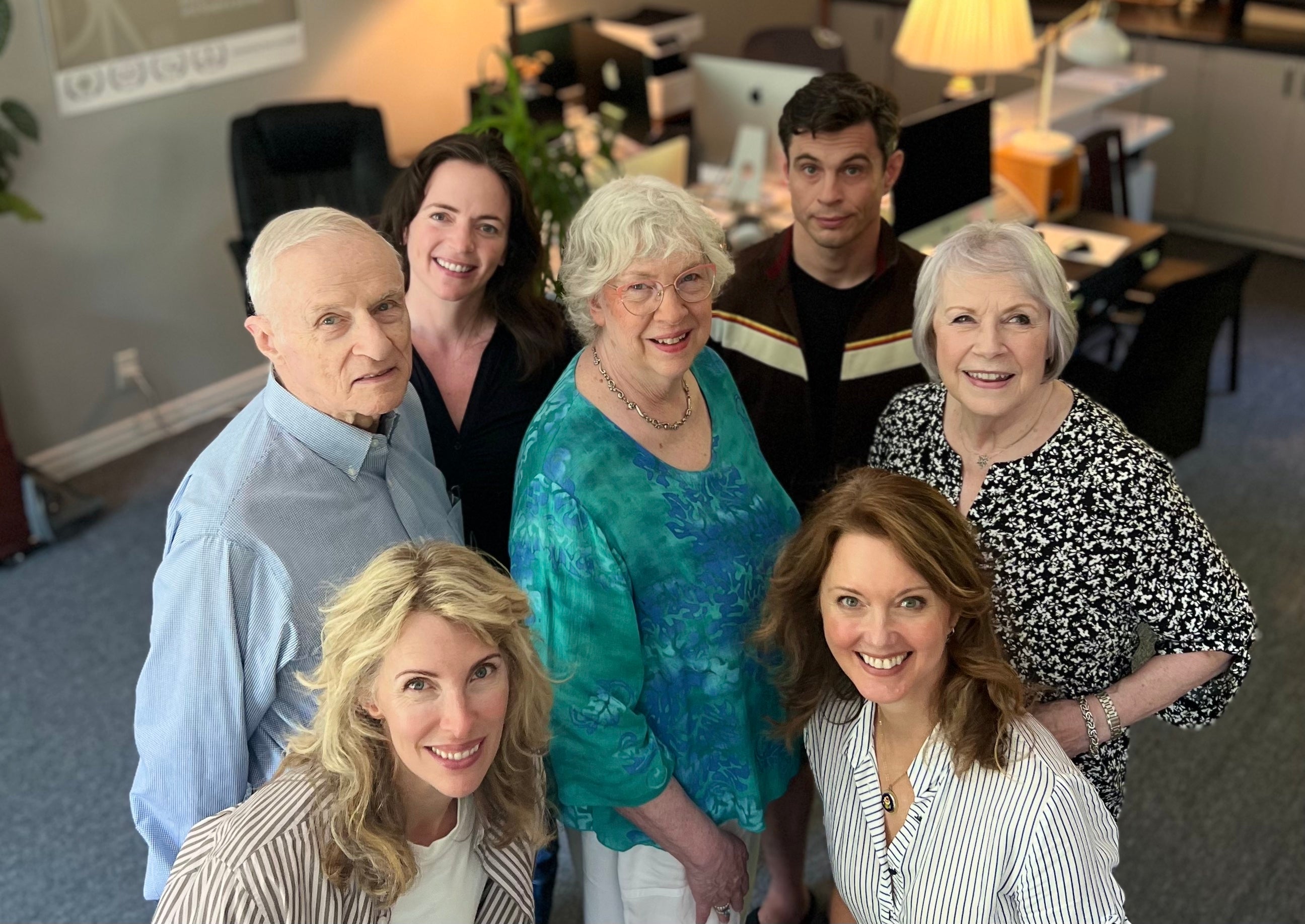

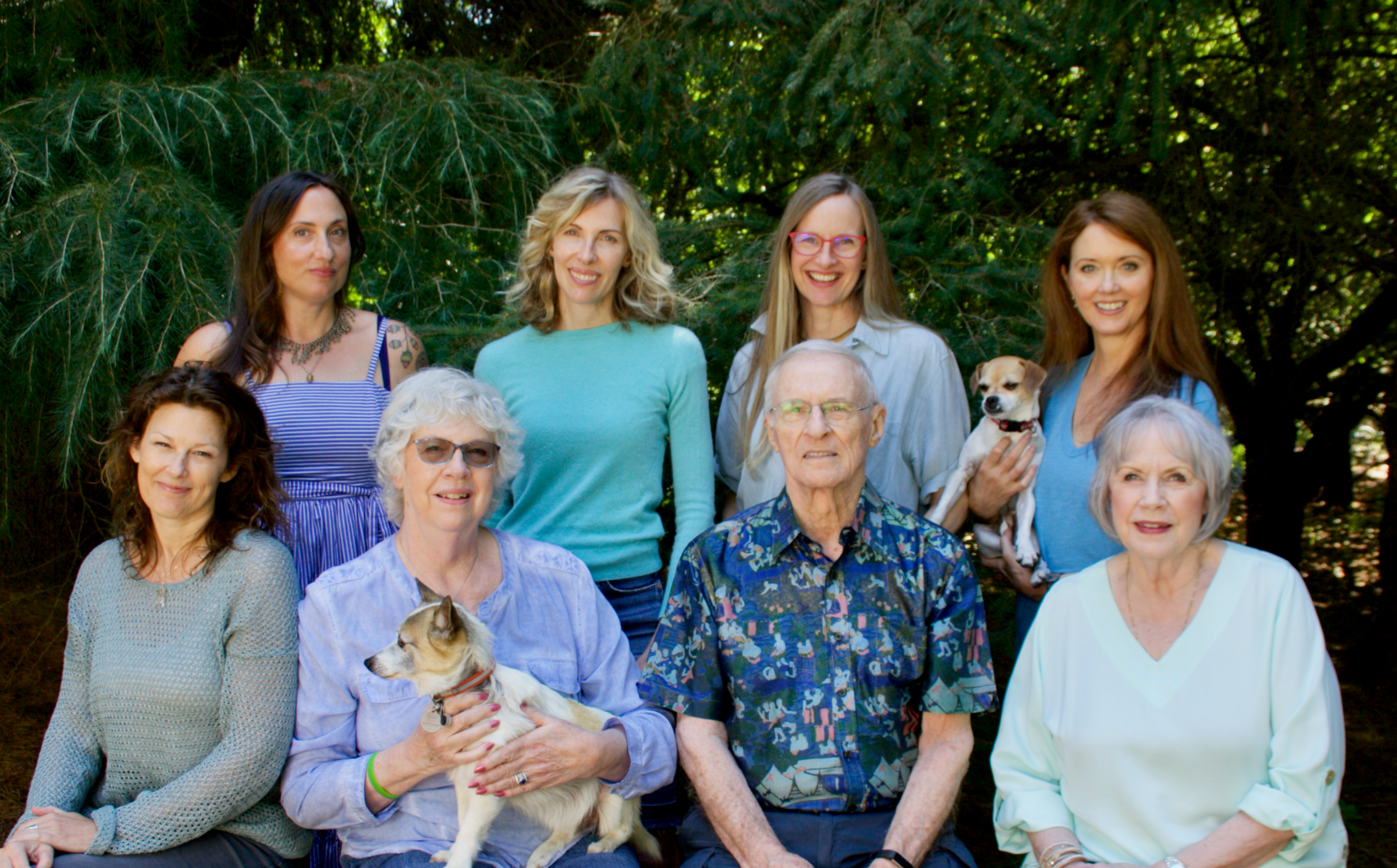
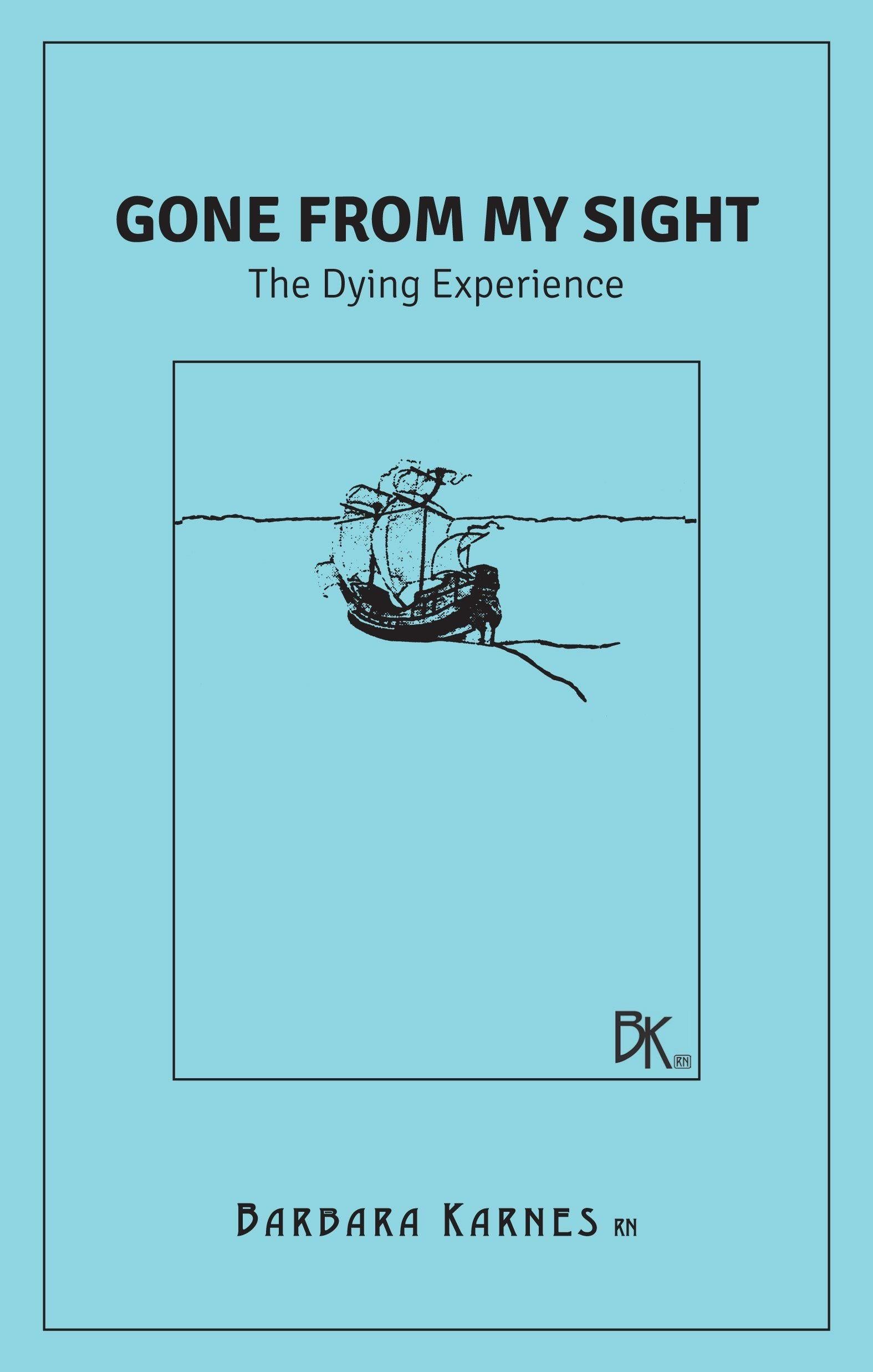

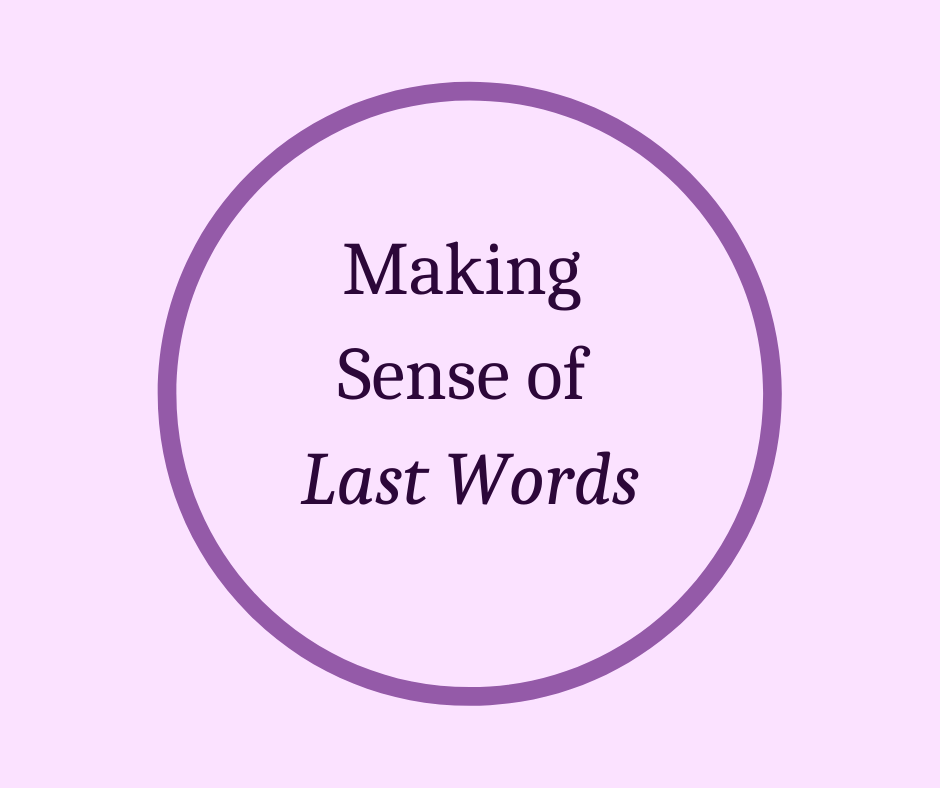
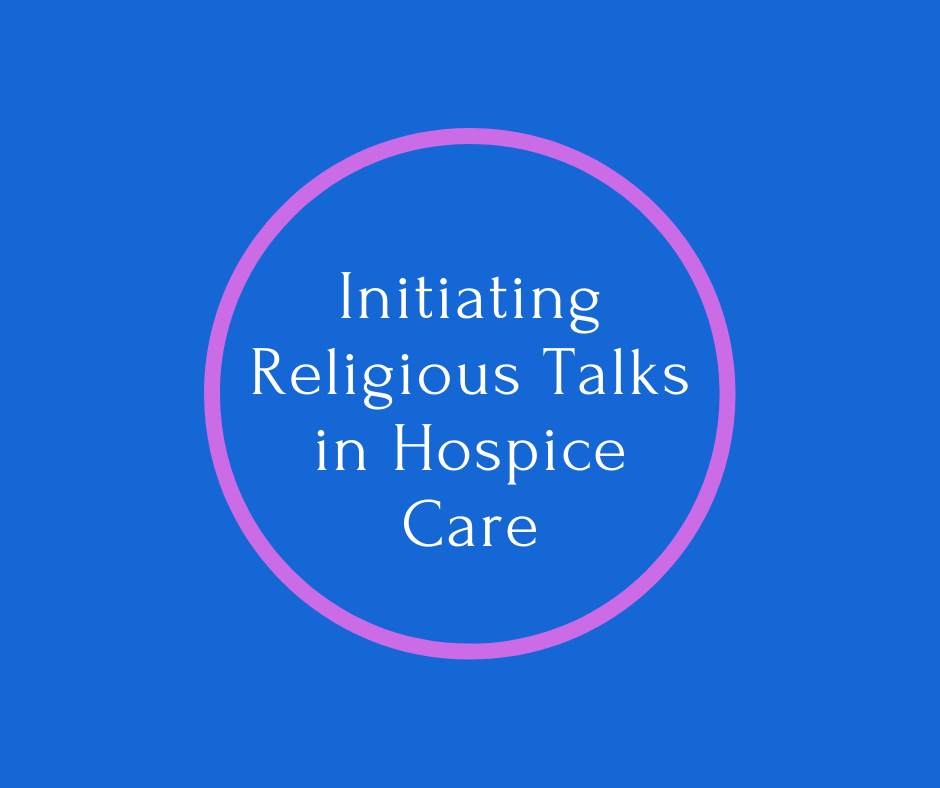
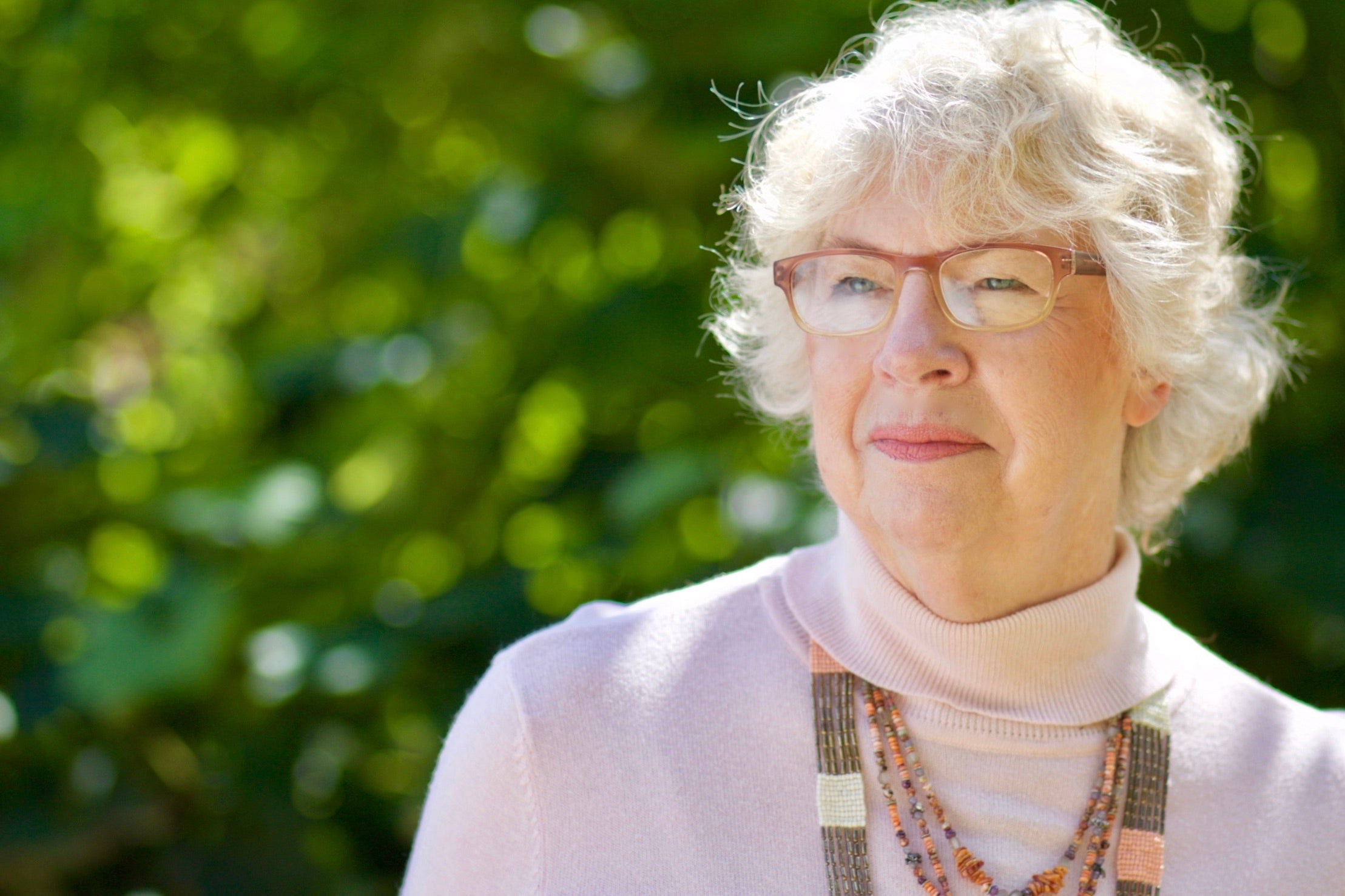
11 comments
Sarah Campbell
I have a question. We have pulled back from using suction because families over use and it seems to unnecessarily bother the pt. Is this wrong? We use positioning, meds and education.
———
BK Books replied:
Hi Sarah, that is my opinion for most situations (there are others that disagree with me). What is done always depends on each individual situation. In end of life care there is no one solution fits all. Blessings to you in the work you are doing. Barbara
I have a question. We have pulled back from using suction because families over use and it seems to unnecessarily bother the pt. Is this wrong? We use positioning, meds and education.
———
BK Books replied:
Hi Sarah, that is my opinion for most situations (there are others that disagree with me). What is done always depends on each individual situation. In end of life care there is no one solution fits all. Blessings to you in the work you are doing. Barbara
Kris
As a pediatric RN Case Manager, I can attest that the process of dying in children is similar to that of adults. HOWEVER, there is a physiologic resilience in children that can make the process less of a straight line. There may be many rallies. Depending on the diagnosis and comorbidities involved, one may see a decline and then a return to the same baseline OR you might see a slow steady decline with some dramatic changes where the child improves but returns to a NEW baseline. Others just have a very slow but steady decline as outlined in Dr. Karne’s publications.
Humans are indeed programmed to die, but children are not simply little adults. There are hospice programs for children, though not nearly as prolific as those for adults. Out company routinely provides oxygen and suction upon admission to ensure the comfort of out patients and their families. I am glad to know that you were able to get access to section to ensure the comfort of you child.
———
BK Books replied:
Thank you Kris for the additional info. Blessings to you in the work you are doing. Barbara
As a pediatric RN Case Manager, I can attest that the process of dying in children is similar to that of adults. HOWEVER, there is a physiologic resilience in children that can make the process less of a straight line. There may be many rallies. Depending on the diagnosis and comorbidities involved, one may see a decline and then a return to the same baseline OR you might see a slow steady decline with some dramatic changes where the child improves but returns to a NEW baseline. Others just have a very slow but steady decline as outlined in Dr. Karne’s publications.
Humans are indeed programmed to die, but children are not simply little adults. There are hospice programs for children, though not nearly as prolific as those for adults. Out company routinely provides oxygen and suction upon admission to ensure the comfort of out patients and their families. I am glad to know that you were able to get access to section to ensure the comfort of you child.
———
BK Books replied:
Thank you Kris for the additional info. Blessings to you in the work you are doing. Barbara
Annabell Mendoza
Gone from my sight is a must have/read. This “little Blue Book” helped me and my family while we were helping my mother through her journey. I honestly think everyone should have a copy when preparing for the death of a loved one.
Gone from my sight is a must have/read. This “little Blue Book” helped me and my family while we were helping my mother through her journey. I honestly think everyone should have a copy when preparing for the death of a loved one.
Tammy Sharp
I am a mother whose daughter died at home at the age of 16. 3 1/2 year battle with cancer. I have also worked with and talked with other parents whose child died of cancer. I am also a Pastor who has been with many families as their loved one died who were not children.
In my experience, the physical dying process is always a bit unique and always much like everyone else. “Gone from my sight” has been a treasured resource in all cases. It explains the mechanics of dying in a way that makes sense and having this information before these things happen sure does take away the panic that can come when there is something new we don’t understand. It doesn’t mean we don’t feel EVERY step in this process in big ways. But fear or panic don’t seem to be a part of what we know is coming.
The big difference I have found between when a dying patient is a child is the abundance of demands on what YOU should do as a parent, and the number of people who find it important to tell you that IF YOU WOULD PRAY MORE YOU WOULD GET A MIRACLE; or some version of that. NONE of these are asked for, but a parent is likely to experience them all. My advice (which isn’t asked for…..) is to receive peoples words as expressions of love and concern and ignore much of what they say. If they choose to be insistent or beligerant about it, you have every right to ask them to stop or leave as the case may be. I had to do both. One of the people I had to tell to stop was my mother in law. She got over it.
We were so very fortunate that our hospice worker was specifically trained to deal with the families of children and she did an amazing job. She took her lead from our daughter as long as she was able to express her desires. Then, She worked so well with the rest of us to help us understand that we had done all we could and that Kelly was more than ready to die. I hate that you did not have that sort of experience. I am a cheer leader for Hospice for anyone who is in the dying process. Unfortunately, it seems that some of the agencies are more about the paycheck than the care and that frustrates me. These are few in my experience, but anyone who ends up with that sort of care has no idea how to get someone else or even that they have the right to get someone else. I pray that everyone in need of End of Life care is able to find the care and helpfulness that we were able to receive.
———
BK Books replied:
Hi Tammy, thank you for your wise words. Blessings! Barbara
I am a mother whose daughter died at home at the age of 16. 3 1/2 year battle with cancer. I have also worked with and talked with other parents whose child died of cancer. I am also a Pastor who has been with many families as their loved one died who were not children.
In my experience, the physical dying process is always a bit unique and always much like everyone else. “Gone from my sight” has been a treasured resource in all cases. It explains the mechanics of dying in a way that makes sense and having this information before these things happen sure does take away the panic that can come when there is something new we don’t understand. It doesn’t mean we don’t feel EVERY step in this process in big ways. But fear or panic don’t seem to be a part of what we know is coming.
The big difference I have found between when a dying patient is a child is the abundance of demands on what YOU should do as a parent, and the number of people who find it important to tell you that IF YOU WOULD PRAY MORE YOU WOULD GET A MIRACLE; or some version of that. NONE of these are asked for, but a parent is likely to experience them all. My advice (which isn’t asked for…..) is to receive peoples words as expressions of love and concern and ignore much of what they say. If they choose to be insistent or beligerant about it, you have every right to ask them to stop or leave as the case may be. I had to do both. One of the people I had to tell to stop was my mother in law. She got over it.
We were so very fortunate that our hospice worker was specifically trained to deal with the families of children and she did an amazing job. She took her lead from our daughter as long as she was able to express her desires. Then, She worked so well with the rest of us to help us understand that we had done all we could and that Kelly was more than ready to die. I hate that you did not have that sort of experience. I am a cheer leader for Hospice for anyone who is in the dying process. Unfortunately, it seems that some of the agencies are more about the paycheck than the care and that frustrates me. These are few in my experience, but anyone who ends up with that sort of care has no idea how to get someone else or even that they have the right to get someone else. I pray that everyone in need of End of Life care is able to find the care and helpfulness that we were able to receive.
———
BK Books replied:
Hi Tammy, thank you for your wise words. Blessings! Barbara
Yoselin
It is called death rattle and there is medication and suction is required for emergencies when they cant breath.
Not all kids or adults experience it and from my experience with a kid in dying process, it is not related to remaining time.
I was not aware and it is really hard do not sleep to asist a crisis if suction is required.
But with love all is posible.
It is called death rattle and there is medication and suction is required for emergencies when they cant breath.
Not all kids or adults experience it and from my experience with a kid in dying process, it is not related to remaining time.
I was not aware and it is really hard do not sleep to asist a crisis if suction is required.
But with love all is posible.
Yoselin Castillo
It is called death rattle and there is medication and suction is required for emergencies when they cant breath.
Not all kids or adults experience it and from my experience with a kid in dying process, it is not related to remaining time.
I was not aware and it is really hard do not sleep to asist a crisis if suction is required.
But with love all is posible.
It is called death rattle and there is medication and suction is required for emergencies when they cant breath.
Not all kids or adults experience it and from my experience with a kid in dying process, it is not related to remaining time.
I was not aware and it is really hard do not sleep to asist a crisis if suction is required.
But with love all is posible.
Anne
I love this article. I have had friends who have lost a child. Hospice should have been there whether it be the nurse, the CNA, or anyone else from the team. My experience has been that at end of life or near death someone other than a family member should be present even if it is only for support or to answer questions.
———
BK Books replied:
Anne, you are so right, no one should be alone when their child is dying. Blessings! Barbara
I love this article. I have had friends who have lost a child. Hospice should have been there whether it be the nurse, the CNA, or anyone else from the team. My experience has been that at end of life or near death someone other than a family member should be present even if it is only for support or to answer questions.
———
BK Books replied:
Anne, you are so right, no one should be alone when their child is dying. Blessings! Barbara
Mary Pedersen
Your kind words always make me feel better – thank you!
Your kind words always make me feel better – thank you!
KIM BAKER
So sorry, you had to endure that, especially in your own child. Noone informed me about the death rattle and I thought when my mom had it I was going to lose my mind. Even though I had great love for her, I didn’t want to be in the room. Finally, when my daughter came she asked for something and they sedated her so it was not soo loud and intense. I also understand the frustration when we are given a time and it goes on so much longer. We are ready and have turned them over. After doing more reading, I guess they wanted to go out on their own terms and were not ready to let go here on earth. My heart breaks for you. The best thing is to keep reading articles and in it we can help others with the dying process, I think that’s what God intended after going through this. Do not be afraid to talk to others, it does help.
So sorry, you had to endure that, especially in your own child. Noone informed me about the death rattle and I thought when my mom had it I was going to lose my mind. Even though I had great love for her, I didn’t want to be in the room. Finally, when my daughter came she asked for something and they sedated her so it was not soo loud and intense. I also understand the frustration when we are given a time and it goes on so much longer. We are ready and have turned them over. After doing more reading, I guess they wanted to go out on their own terms and were not ready to let go here on earth. My heart breaks for you. The best thing is to keep reading articles and in it we can help others with the dying process, I think that’s what God intended after going through this. Do not be afraid to talk to others, it does help.
Carol Harris
I worked in pediatric oncology and then in home hospice. I saw children have white, clear, yellow, green (bile), red, pink, foamy, and thick mucus secretions. They’re less likely to cough to clear them and sometimes they get “stuck” and are hard to get cleared. I seriously doubt if it was a cold. I’m glad someone suggested suction, it was the right way to handle it since the child was conscious.
I worked in pediatric oncology and then in home hospice. I saw children have white, clear, yellow, green (bile), red, pink, foamy, and thick mucus secretions. They’re less likely to cough to clear them and sometimes they get “stuck” and are hard to get cleared. I seriously doubt if it was a cold. I’m glad someone suggested suction, it was the right way to handle it since the child was conscious.
Diana Fortin
As always, such beautiful words.
As always, such beautiful words.